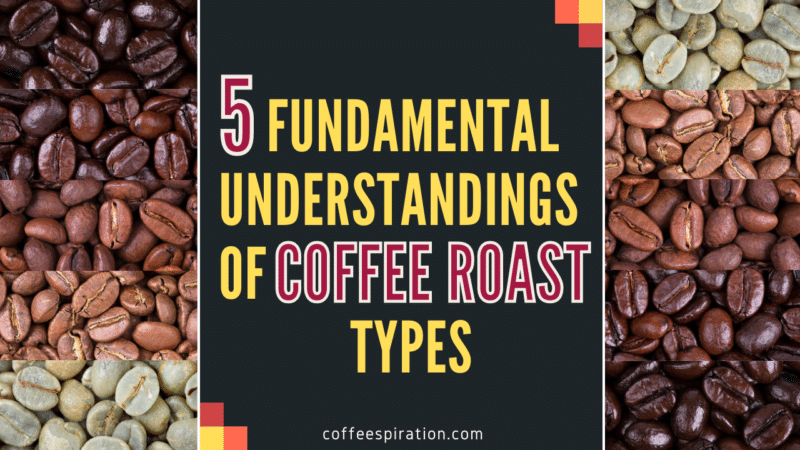At the grocery store, you would notice the coffee packages vary into many types and these make you confused about what to choose. Some coffee types appear in light colors while some look darker. The differences here do not imply the brands and countries that produced but I refer to roast levels. Likewise, we coffee drinkers also tend to know those coffee roast terms through names instead of looking at colors. By contrast, some of us might describe them in roast levels.
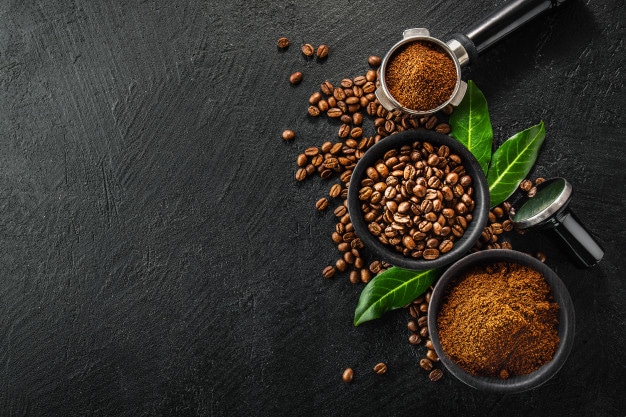
Having a coffee drink in the morning is what you cannot skip doing. If now you are running out of coffee stock and want to try a new type, or you want to know the absolute description of each roast, I will guide you explicitly with all pieces of information that were collected.
Contents
1. Why roast coffee?
We all know what roast is because we do this to meat, vegetables, etc. So do the coffee beans, right? But why do we need to do so? Well, you might be curious how the beans originally look like. I mean the raw and natural, or commonly you have heard of those as unroasted coffee beans. According to the National Coffee Association of USA, beans are stored green with the purpose of maintaining fresh quality or taste. By this, people call them green coffee beans. Other things you also don’t know are the texture and odor that are completely different from the roasting. A raw bean is actually mushy, a bit moist, and has a grass-like smell. It does not taste like coffee at all or has no flavor.
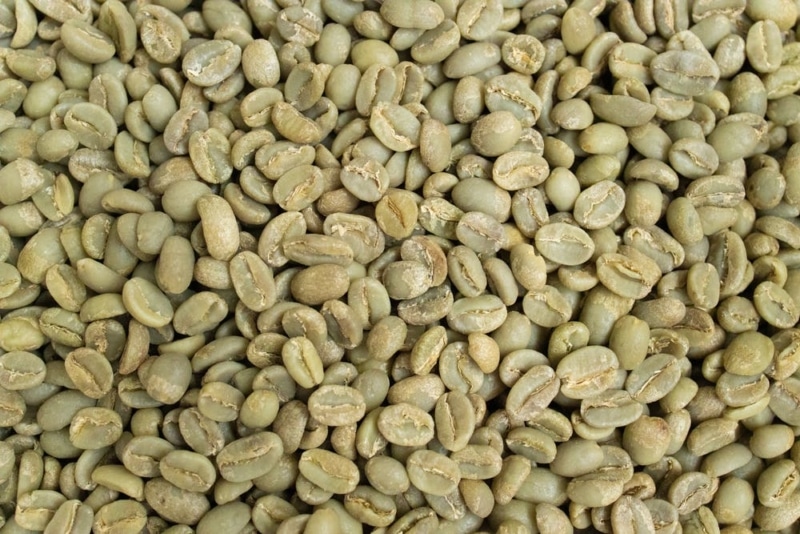
Let’s not beat around the bush since we discussed what roasting is and the reason to do it. So coffee roasting is the process of heating green beans and transforming their characteristics from raw to brown color, from grassy to coffee smell that we all used to see and know. Those raw, green beans are like magic, we said they are flavorless, don’t we? When the beans heat at a high temperature, they become lighter and drier than the unroasted types because the moisture is extracted.
Roasting really brings out the caffeinated aroma and chemical changes of the beans. The texture is crunchy; you know the almond characteristic, it’s like that nut. However, the fresh flavor of coffee can lose immediately once it is roasted as the beans are not allowed to be exposed to air and light for a long period of time. You might also be interested in “The Ways To Store Roasted Coffee Bean” for more understanding on how to store coffee properly.
2. How are coffee beans roasted?
To get high-quality ground coffee for you to drink, the beans that have been roasted require meticulous work from the experts in roasting. They trained for years to gain the ability to study thoroughly about the beans and to decide quickly on when to stop the roasting process. Just a few seconds of timing is able to perfect or ruin a batch of roasted coffee.
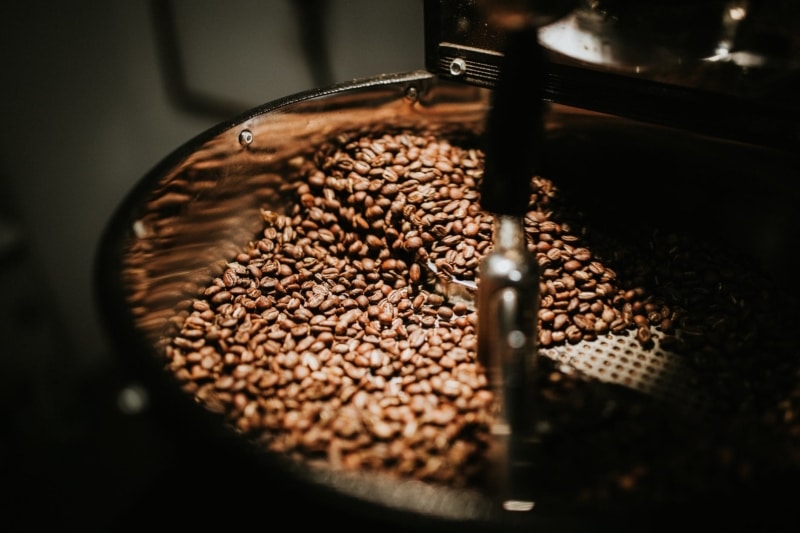
As of now, you’ve read about the right timing of roasting (yes, that’s not exact yet. You will see in minutes). In fact, roasted beans are divided into four categories even though these have very little industry standardization, as proven by the National Coffee Association of USA. You will see the classification listed below and all of them are various from each other but also have tiny resemblance.
In the following sections, you will be able to understand clearly the elements indicating a specific bean type of roast, namely roasting time and temperature, sub-category, characteristics, and taste.
3. Four Coffee Roast Types
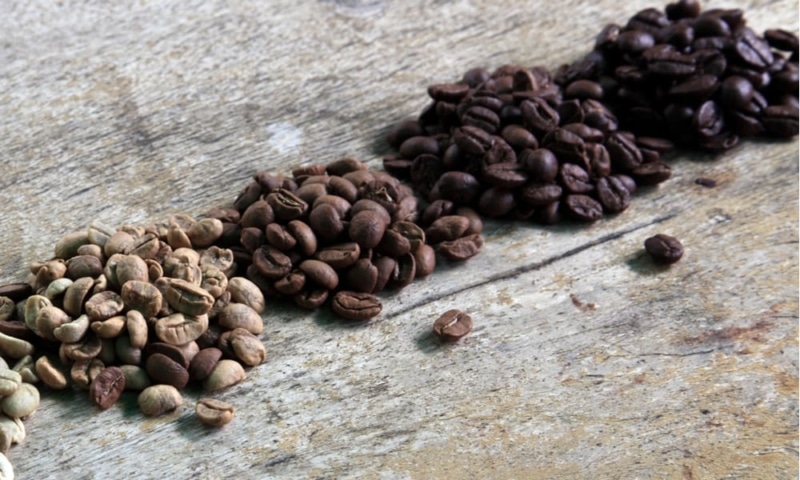
Light Roasts
The name is given like this due to the roasting process taking around eight minutes. The beans contain the smallest influence from this first process, which means some original characteristics of the green coffee still remain.
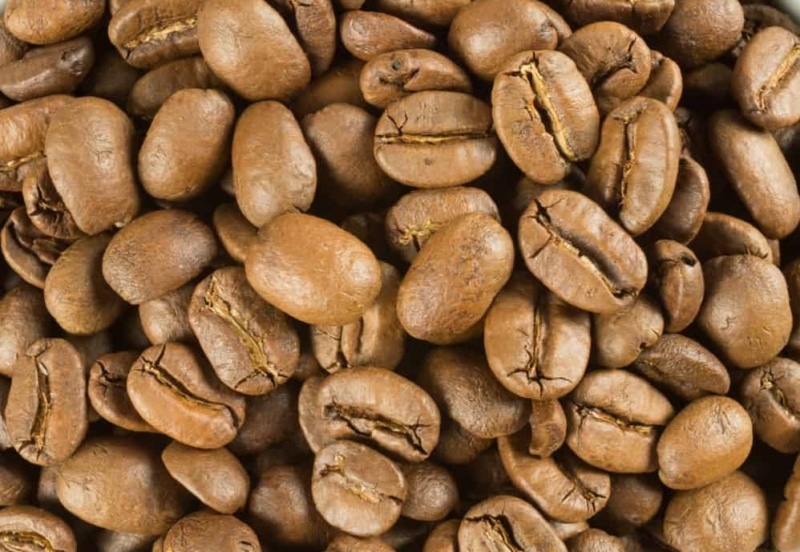
Besides timing, the beans must reach an internal temperature of 180°C and 205°C (356°F and 401°F) in order to get light brown color. Many people, especially coffee lovers know it by its appearance while it got a nickname which is called within the coffee industry. Since the beans heat at the initial stage and are taken out shortly from the machine, light roasts are known as the first crack. But why crack? Let me tell you that there is a popping sound at around 205°C (or 401°F) temperature.
Scientifically, the sound is made when the heat increases and the coffee beans expand. At such a high temperature, it causes the beans to crack which are generated from the moisture evaporating into steam. So when an increase in pressure is built, it forces the beans to crack open. Its crack is unheard but if you want to, just imagine the popcorn that has a similar sound.
The roasts of light color beans have other profiles including light city, half city, and Cinnamon. But the temperature of Cinnamon should be reached at 196°C (385°F).
The first crack’s color does change from green to pale brown if you take a glance at the photo. Lightly roasted coffee has an oily-free surface because it is warmed quickly for the oils to be released from the beans. If they are roasted accurately, the result is light-body and high-acidity which offer a fresh quality. But if the work is not done properly, the flavor will be pretty nutty and savory.
Mostly, the first crack is perfect for making a drink with pour over coffee maker as the fruity aroma will be sent out from your cup to your nose.
Medium Roasts
The beans roasted at a medium level should be stopped through the first crack or shortly after that. In other words, it takes nine to eleven minutes to finish. Medium roast coffee beans have reached the internal temperature of between 210°C and 224°C (410°F and 435°F), yet shrunk by 13 percent since the moisture evaporates.
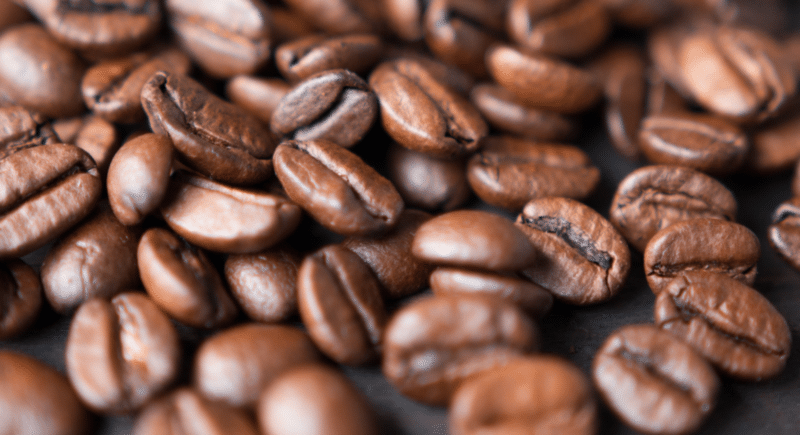
Some people know the common names of this coffee rather than medium roasts. Frequently, it is referred to as American, City, and City+ with the internal temperatures of those beans reaching up to 210°C (410°F), 219°C (426°F), 224°C (435°F) respectively. In the United States, people generally have their preference for American roast. Another example of medium roast is Breakfast.
Compared with a light roast, the color of a medium roast is slightly darker and it is not caused by the heat. But the natural sugar inside the bean starts to caramelize which can change the color and create a deeper aroma like nut and chocolate. Moreover, this roasted bean is dry as its surface does not cover oil. With extra roasting time, it creates a perfect balance of acidity and sweetness, forming a fuller body of the coffee, explained by Casey Lalonde, Head of Coffee and Co-Founder of Girls Who Grind Coffee in the UK.
If you are someone who’s passionate about medium roasted coffee, have you paid attention to the roasts that have dissimilar tastes when you drink at different places? The same name of all medium roasts does not indicate the same flavors. Stephen Kraus, Founder of Press Coffee Roasters in the USA specified nine factors that determine the unique flavors of most beans:
- Country of origin
- Region
- Cultivar
- Elevation
- Water activity
- Density
- Processing method
- Moisture content
- Ambient temperature and humidity
Francisco added regarding this information that “Different processing methods directly affect chemical changes in the seeds due to fermentation, stress, and germination metabolism, impacting the final quality of the coffee”.
On the bright side, these obstacles still can be manipulated. So what skillful roasters do is to roast in particular ways since they already have the ability to read the beans, like I mentioned above they trained for many years. Casey said, if they want to keep the sweetness in the coffee, they need to roast more slowly and gently. She continued, but if they want the coffee to retain its acidity, they should roast it quickly. Stephen raised an example of chocolate and nuts in Latin American having a long length of roasting and a bit low temperature compared with fruity, floral Africans.
So the same roast names alone have different stories, But it is also a great experience to be able to taste many medium roast coffee from distinct backgrounds.
Medium-Dark Roasts
At the stage between the pre-second crack and after it started, you will get the medium-dark roasts. The roasting time requires eleven to twelve minutes.
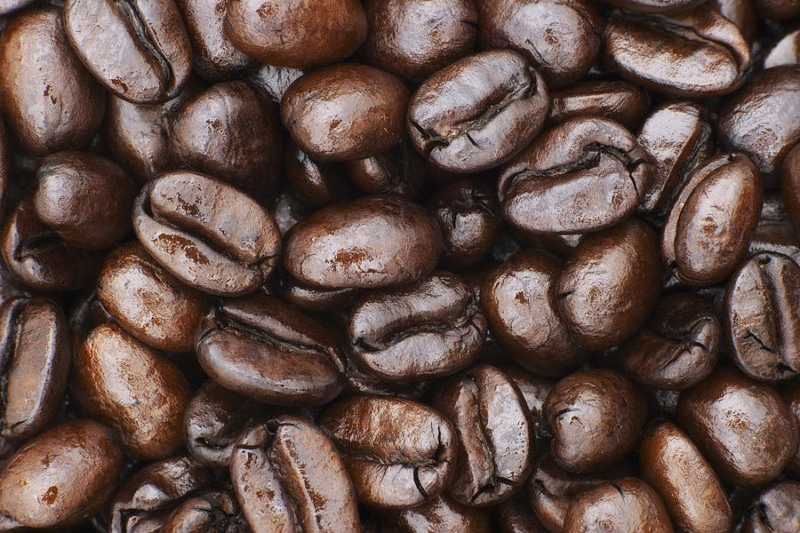
The beans that look medium-dark can occur when the temperature reaches up to 234°C (454°F).
A few coffee varieties that use this roast include Full City and Full City+ which temperatures are at 225°C (437°F) and 234°C (454°F) respectively.
Some original characteristics of the raw beans have disappeared in this roast. A medium-dark coffee features dark brown color and some oil shows up on the surface. The more the bean is roasted, its sugar caramelizes further. As a result, the coffee has little acidity, a heavier body as well as a slight bittersweet aftertaste. Overall, the strong aroma released from medium-dark roasted beans make you want to consume coffee.
Dark Roasts
In the coffee shop, dark roasted coffee beans are easily recognized. The coffee roasters spend 14 minutes to heat and completely make the whole bean lose almost everything of its original identity. Not just the color, you should read on to understand the details.
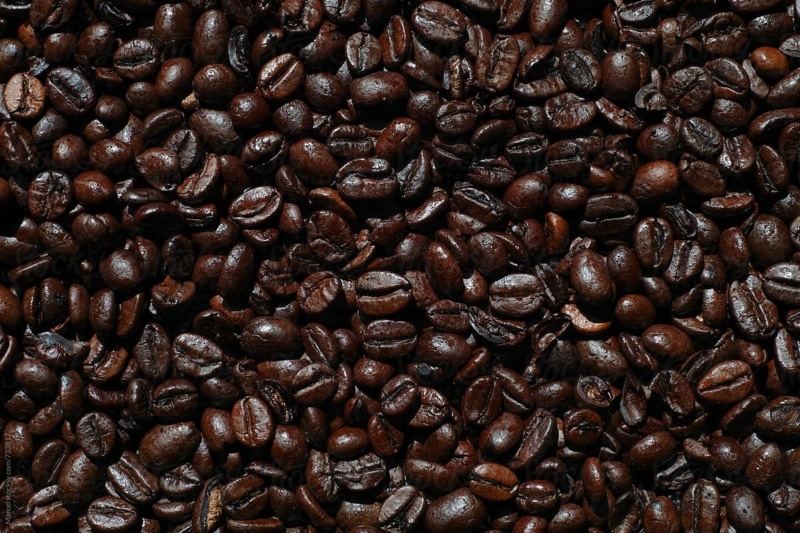
There is another crack after the first crack. Dark roasts reach an internal temperature from 239 to 246°C (462 to 474°F) giving the second crack as its nickname.
Speaking of coffee varieties, according to the National Coffee Association of USA, some geographic locations refer to dark roasts as the following names:
- High
- Continental
- New Orleans
- European
- Espresso
- Viennese
- Italian
- French
The second crack is characterized by its shiny black color and an oily surface. Its flavor profile is certainly bitter which is incredibly suitable for those who love espresso. If you happen to wish to make espresso by yourself, check out How To Make The Perfect Espresso Shot.
This type of bean has a smoky and burnt smell as the moisture dries up. Among other coffee, only the second crack gives you the most intense flavor that consists of low acidity. Francisco Massucci Silveira, owner of Virginia Roasters in Brazil said, not only the bitterness but also the spicy taste of this coffee will associate with your tongue when taking a sip of it.
Coffee beans got roasted this dark because of one reason. Poor production and process can lead to the unpleasant taste of the beans. So they have to cover up this smell. Dark beans even get a status as cheap (in price) and low-grade coffee.
4. Which Roast Contains More Caffeine?
There you’ve fully understood the four types of coffee roasts. You may now be interested in all of them yet concerned about caffeine level. Many coffee consumers mistakenly think that the most caffeine is trapped inside the strongest tasting coffee. But they are not wrong. Bitterness is the taste that your brain reacts to when your tongue touches it. However, we should debate about it reasonably and rationally.
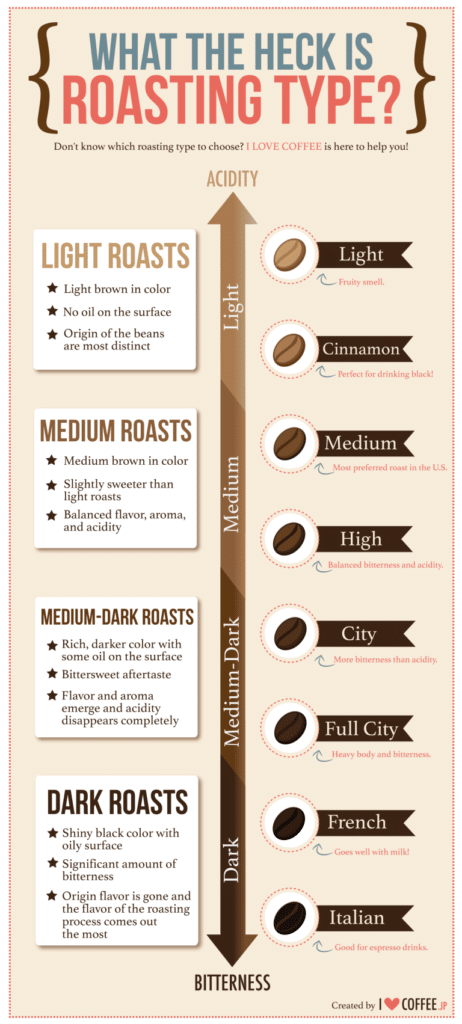
Okay, then does the first crack have more caffeine than the second crack?
Let’s be clear with this topic right now. Studies show almost every roast has similar caffeine content. Throughout the heating process, we talked about the beans that have less moisture and acidity are less heavier. When you measure both types of coffee beans in the scoop for brewing, it turns out dark roasts need more to be filled. Since dark beans lose mass during the longer roasting process, you need a bigger amount of them indeed. With each beam consisting of near-identical amounts of caffeine, dark roasts are marginally caffeinated.
5. Which Coffee Is Better?
You were about to try every type but thinking about caffeine affects your health is kind of upsetting. Don’t feel down. Because there is a simple solution to follow. You can do the brewing by obtaining the same caffeine level as measurement below:
- Put 350ml (12oz) for light roast coffee
- Put 260ml (9oz) for dark roast coffee
- Consume only 400mg of coffee a day
Whatever you choose, just go for the one that suits your taste. If you prefer bitter and sweet tasting coffee a dark roast is the right fit. On the other hand, a medium roast could be recommended for everyday consumption if you like a full-bodied and a combination of sweet and sour taste. And with a strong coffee aroma, medium-dark roasts might be a good option. You can also try a fruity and nutty taste with the acidic bite of the light roasts.
Final Words
By now, that’s it for roasted coffee beans and their four major and common types. Hopefully, the details provided in this article are a helpful guide for you to choose and try all roast types. Who knows, a new coffee beverage might become your new favorite.
References
- A Look At The Different Types Of Coffee Roasts (From Light To Medium To Dark) | Home Grounds | Alex Mastin
- Coffee Roast Guide | National Coffee Association of U.S.A.
- Different Types of Coffee Roasts Explained (& Which Is Best) | Eleven Coffees | Joshua Milton
- Everything You Need To Know About Coffee Roasts | Foodal | Kate Ackerman
- Light, Cinnamon, City: What Do Coffee Roast Names Really Mean? | Perfect Daily Grind | Thomas Storr
